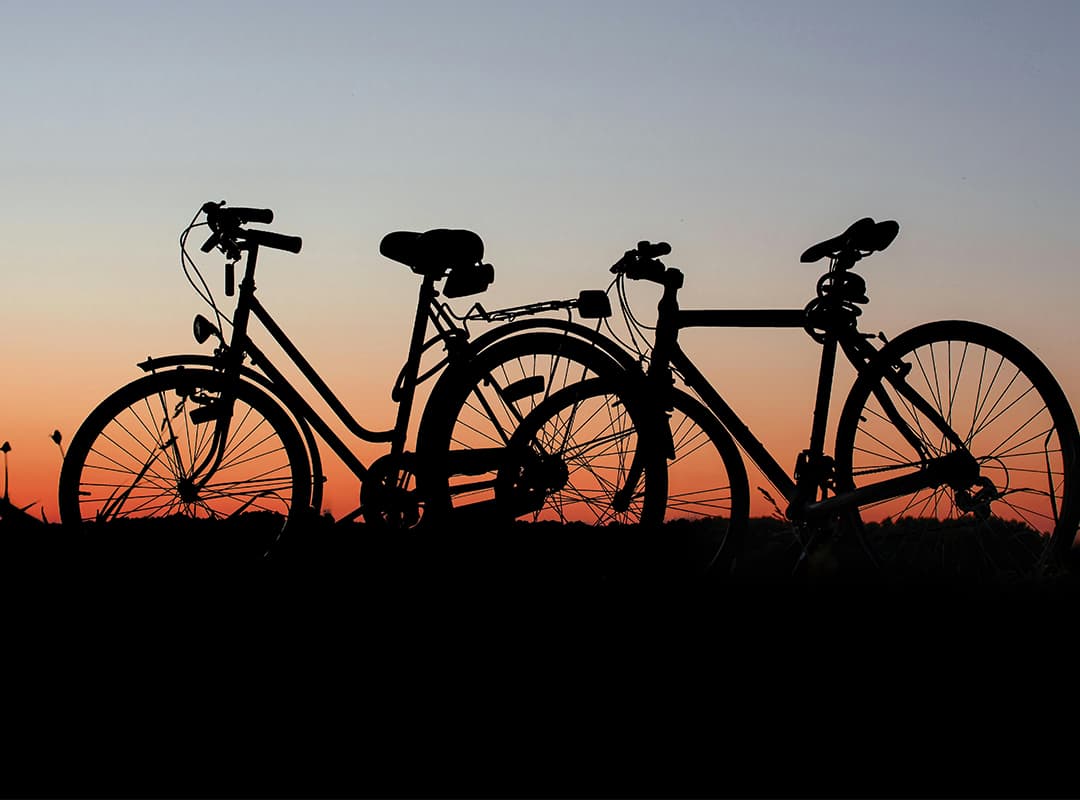When it comes to exploring the stunning landscapes of New Zealand on a mountain bike, you have two main approaches to consider: touring and bikepacking. Both offer unique experiences and cater to different styles of adventure. Whether you’re drawn to the extensive trail networks of mountain biking Rotorua or the rugged terrains of the South Island, understanding the differences between touring and bikepacking will help you choose the best approach for your MTB journey.
1. Understanding MTB Touring
1.1 What is MTB Touring? Mountain biking touring involves traveling long distances on a bike while staying in various accommodations along the way. It’s often characterized by:
- Fixed Routes: Touring usually follows established routes with designated stops for lodging or camping.
- Support Services: Riders often rely on support vehicles or services to transport gear and provide assistance.
- Comfort and Convenience: The focus is on covering large distances comfortably, with amenities such as hotels or hostels available.
1.2 Pros of MTB Touring:
- Comfortable Accommodations: Enjoy a range of lodging options from hotels to lodges, which can make for a more relaxed experience.
- Support Services: Support vehicles or pre-arranged luggage transport reduce the burden of carrying heavy gear.
- Focused Riding: With the logistical aspects taken care of, you can focus on the riding experience itself and enjoy the journey.
1.3 Popular MTB Touring Routes in New Zealand:
- Alps 2 Ocean: This iconic route stretches from the Southern Alps to the Pacific Ocean, offering a diverse range of landscapes and experiences. It’s well-supported with accommodation options and is ideal for traditional MTB touring.
- The Old Ghost Road: This remote and scenic trail combines rugged terrain with historic sites, and it’s suited for those who prefer a more adventurous touring experience.
2. Understanding MTB Bikepacking
2.1 What is MTB Bikepacking? Bikepacking is a more self-sufficient approach to mountain biking that combines elements of traditional backpacking with cycling. It involves:
- Self-Reliance: Riders carry all necessary gear and supplies on their bikes, often in specialized bags attached to the frame, handlebars, and seat post.
- Flexible Routes: Bikepacking routes are typically less defined and offer more flexibility for route changes and exploration.
- Minimal Support: Riders are responsible for their own navigation, camping, and gear maintenance.
2.2 Pros of MTB Bikepacking:
- Adventure and Freedom: The flexibility of bikepacking allows for spontaneous detours and exploration, making it ideal for those who seek adventure.
- Closer to Nature: Bikepacking often involves camping in remote locations, offering a closer connection to nature and the environment.
- Self-Sufficiency: The ability to manage your own gear and supplies can enhance the sense of independence and achievement.
2.3 Popular Bikepacking Routes in New Zealand:
- The Rimutaka Cycle Trail: Near Wellington, this route offers a mix of forest trails and scenic views, perfect for bikepackers seeking a diverse and rewarding experience.
- The Waikato River Trails: These trails provide a mix of forest and lakeside riding, with plenty of options for wild camping and self-supported adventures.
3. Choosing the Right Approach for Your MTB Adventure
3.1 Consider Your Goals:
- Touring: If your goal is to cover long distances with the comfort of planned accommodations and support, MTB touring is the way to go. It’s ideal for riders looking for a structured and manageable adventure.
- Bikepacking: If you prefer self-sufficiency, flexibility, and a deeper immersion in nature, bikepacking offers a more adventurous and rugged experience.
3.2 Assess Your Gear and Skills:
- Touring Gear: For MTB touring, you’ll need a bike equipped for long distances, and possibly panniers or a bike trailer. Ensure you have access to support services and plan your route carefully.
- Bikepacking Gear: Bikepacking requires lightweight, durable gear that fits into specialized bikepacking bags. You’ll need to be proficient in navigation, self-repair, and camping.
3.3 Evaluate Your Experience:
- Touring: Ideal for those with limited off-road experience or those who prefer a more comfortable ride with planned stops.
- Bikepacking: Suited for experienced riders who are comfortable with self-navigation, backcountry camping, and handling unexpected challenges.
4. Making the Most of Your MTB Adventure in New Zealand
4.1 Research Local Trails: Whether you choose touring or bikepacking, research the trails and routes specific to your chosen approach. For example, mountain biking Rotorua offers a variety of well-maintained trails that can suit both touring and bikepacking adventures.
4.2 Plan for Safety: Ensure you have adequate safety equipment, including navigation tools, emergency supplies, and first-aid kits. Both approaches require careful planning and preparedness.
4.3 Enjoy the Journey: Regardless of your choice, embrace the journey and the unique experiences each approach offers. New Zealand’s landscapes, from the lush forests of Rotorua to the rugged backcountry trails, provide an unforgettable backdrop for your MTB adventure.
Whether you choose MTB touring or bikepacking for your New Zealand adventure, each approach offers its own set of benefits and experiences. MTB touring provides comfort and support, making it ideal for structured journeys, while bikepacking offers flexibility and a deeper connection with nature. By understanding the differences and considering your personal preferences and goals, you can select the approach that best suits your adventure style and make the most of your exploration of New Zealand’s stunning MTB terrain. Happy riding and enjoy the adventure!
